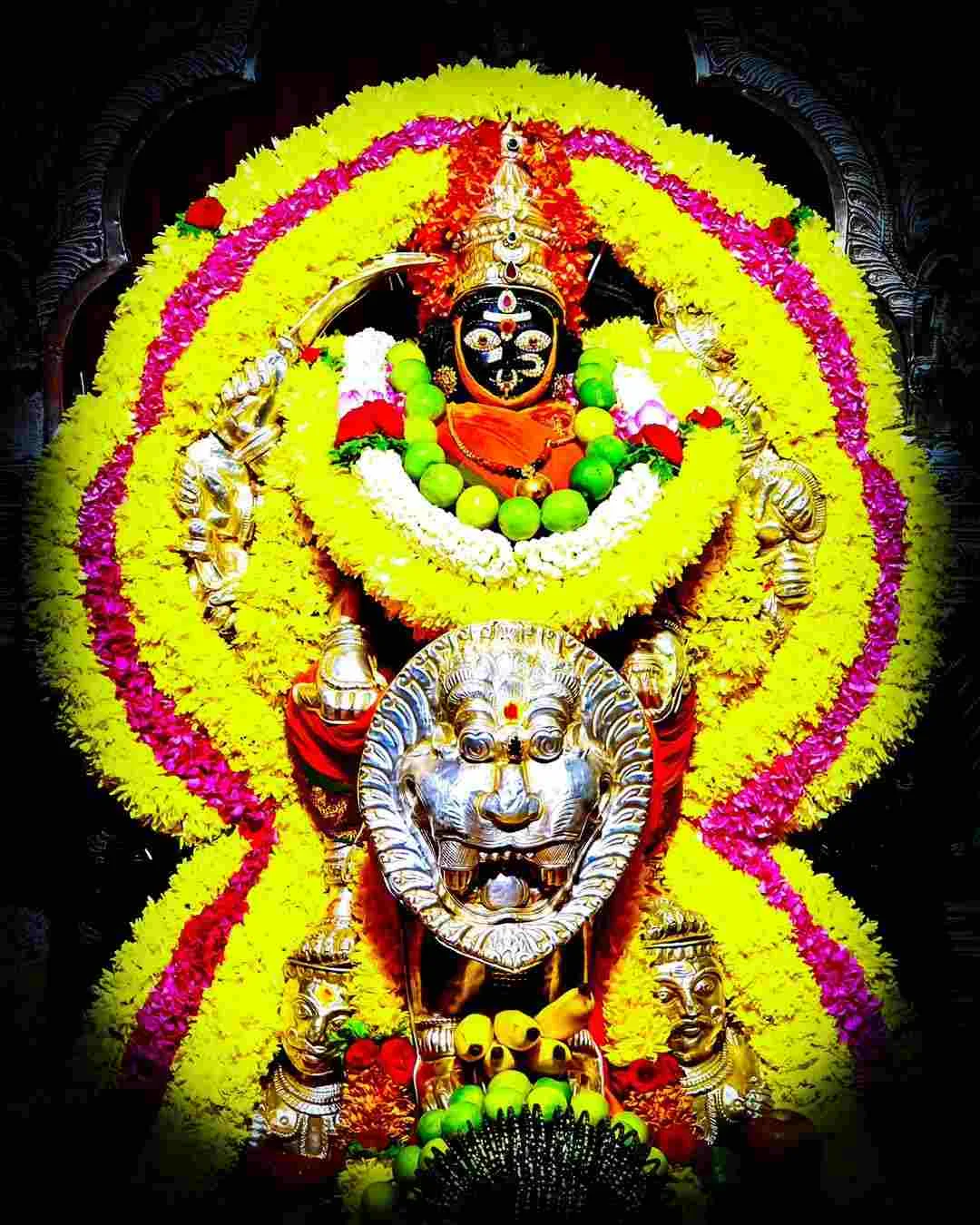Spiritual Essence of Banashankari Amma Temple Bangalore
Visit the famous Banashankari Amma Temple, an important temple in the heart of Bangalore. Dedicated to Goddess Banashankari, this beautiful temple showcases stunning Dravidian architecture and offers a peaceful escape from the city’s hustle. Discover rich traditions, witness vibrant rituals, and join in the annual Banashankari Jatre, a festival of faith and community. Whether you seek blessings or wish to learn about Karnataka’s cultural heritage, this temple provides a meaningful experience. Let’s explore its history, importance, and unique features.


